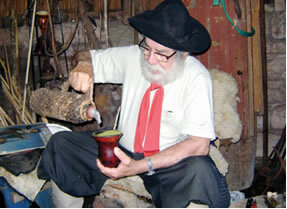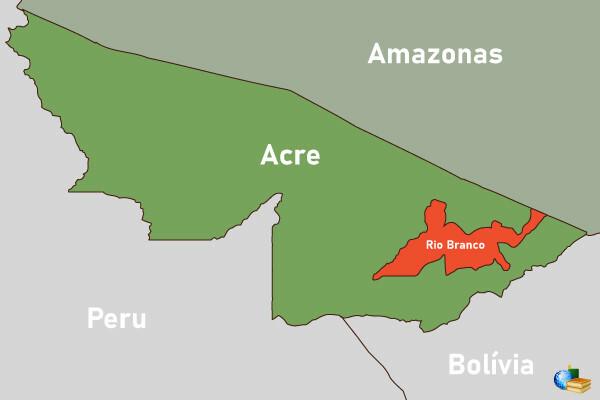The state of Ceará is a federative unit that integrates the Northeast Region. Its territorial extension is 148,920,538 square kilometers, occupying 9.5% of the northeastern territory and 1.7% of the Brazilian area. Comprised of 184 municipalities, its population totals 8,452,381 inhabitants. The state territory is limited to Piauí (to the west), Rio Grande do Norte (to the east), Paraíba (to the southeast) and Pernambuco (to the south), in addition to being bathed by the Atlantic Ocean (to the north).
Ceará is located, in its entirety, in the sub-region of the northeastern hinterland, an area characterized by its semi-arid climate, known as the “Polígono das Droughts”. The territory of Ceará encompasses large extensions of mountains and hinterlands. It has a coastline of 573 kilometers, a factor that attracts more than 2 million tourists annually. To the south of the state is the Araripe National Forest, where the world's largest concentration of fossils from the Cretaceous Period is located.
It has 58 conservation units in its territory, 27 of which are Environmental Protection Areas (APAs), 10 private natural heritage reserves, 9 ecological parks, 4 private ecological reserves, 3 ecological stations, 2 natural monuments, a national forest, a botanical garden, an ecological corridor and a reserve extractive.
The relief is characterized by plateau, plain and floodplains (east and west). The highest point is the Serra Branca peak, in the Serra do Olho d'Água with 1,154 meters of altitude.
The predominant climate is the warm semi-arid, where droughts are periodic and rainfall is low. Temperature averages vary according to each region of the state, and on the coast, the climate is semi-humid hot with an average temperature of 27°C; Serras are characterized by cold and high relative humidity, the average temperature is 22°C; Sertão is characterized by a semiarid climate, the average temperature is 29°C.
Do not stop now... There's more after the advertising ;)

Caatinga, typical vegetation of Ceará
The vegetation of the state of Ceará is characterized by the presence of caatinga in most of its territory, it also presents vegetation of restinga and salt marshes in a narrow coastal strip.
The main rivers in the state of Ceará are: Acaraú, Banabuiú, Jaguaribe and Salgado. The Jaguaribe River is the most important in the state, it is 610 kilometers long, and it contains the two largest water reservoirs in Ceará (Açude Orós and Açude Castanhão).
By Wagner de Cerqueira and Francisco
Graduated in Geography
Brazil School Team
Ceará - Northeast region - geography of Brazil - Brazil School
Would you like to reference this text in a school or academic work? Look:
FRANCISCO, Wagner de Cerqueira e. "Natural aspects of Ceará"; Brazil School. Available in: https://brasilescola.uol.com.br/brasil/aspectos-naturais-ceara.htm. Accessed on June 28, 2021.


